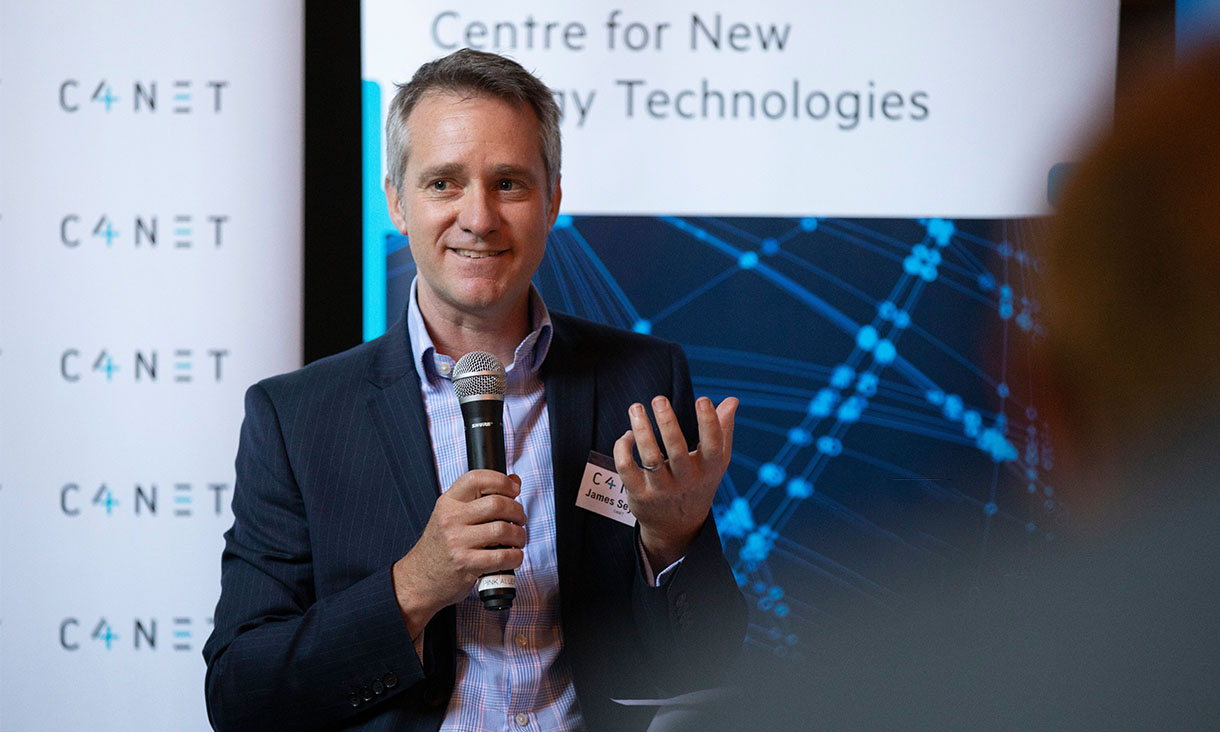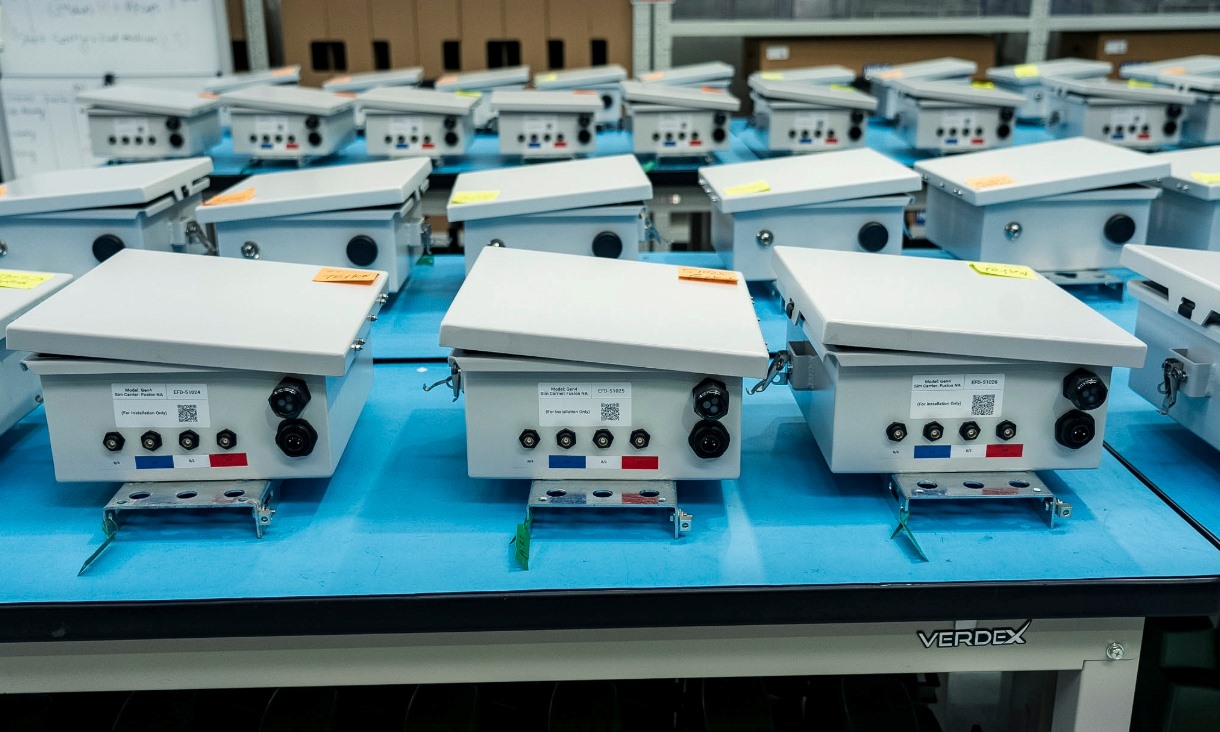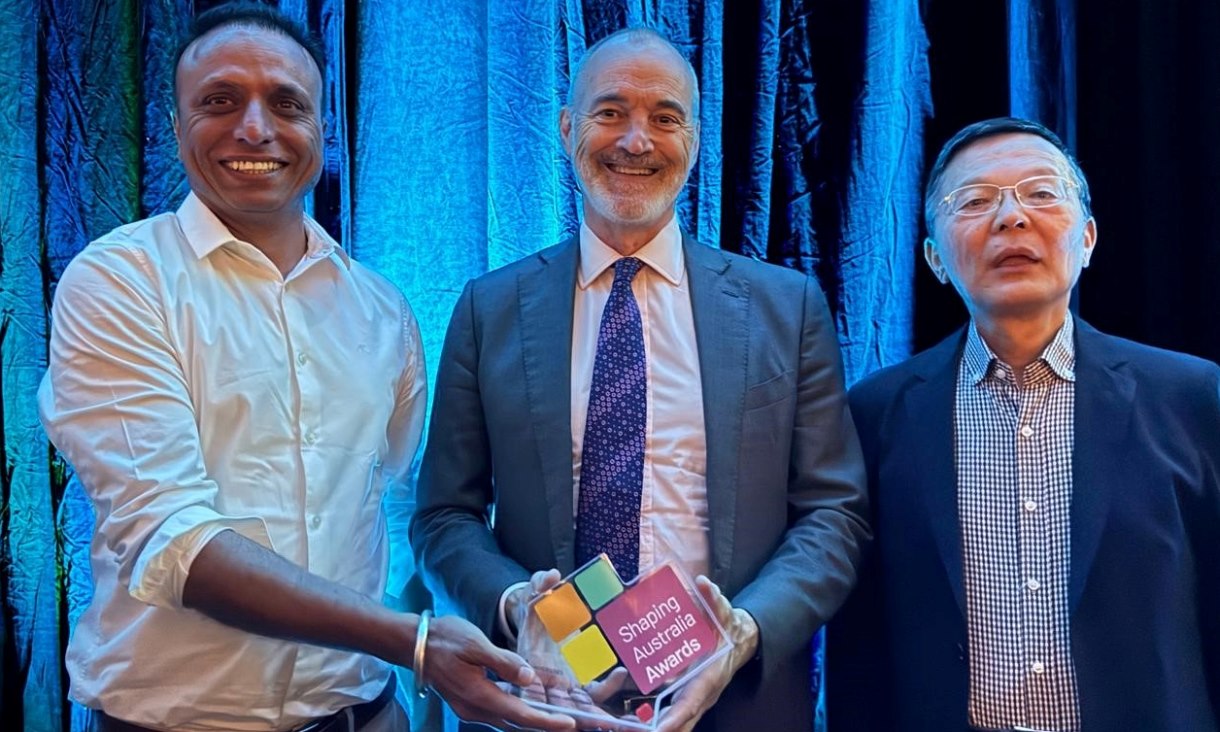RMIT Deputy Vice-Chancellor Research and Innovation and Vice-President, Professor Calum Drummond, said activity would focus around a new Electric Vehicle Living Lab with EV charging stations, regenerative grid and battery simulators and more.
This critical infrastructure will build on RMIT’s existing microgrid and renewable generation facilities.
“We’ll be developing cutting-edge battery technology and simulating the impacts of widescale electric vehicle adoption on electricity grid loading, prices and the broader system,” Drummond said.
“As well as applied technology development, a full-scale applied research project will inform policy towards Victoria’s net zero emission targets in the transport sector, proactively addressing both likely and unforeseen challenges as electric vehicles are adopted at accelerated rates.”
Research lead, RMIT’s Associate Professor Mahdi Jalili, said as well as studying the impact of electric vehicles on the grid, they would also investigate opportunities for electric vehicles to actually support the grid, thus improving the security, reliability and affordability of electricity supply.
The RMIT-led consortium includes Monash and La Trobe universities and industry partners Siemens, City of Melbourne, Centre for New Energy Technologies (C4NET) and CitiPower/Powercor.
Their joint projects will all focus on the mission of ensuring a smooth transition to sustainable transport in Victoria and supporting the state’s targets, including development of a zero-emission public bus fleet by 2025, and having half of all new car sales zero emission by 2030.
To this end, the lab will also act as an analysis platform to support critical Victorian Government initiatives and trials. This includes an upcoming study by RMIT and industry partners into the cost, befits and impact of zero emission buses on the electricity grid, based on the government’s three-year electric bus trial.
CEO at C4NET, James Seymour, said in addition to C4NET’s support of EV research, the development of a consolidated electric vehicle data repository would be another major outcome.






